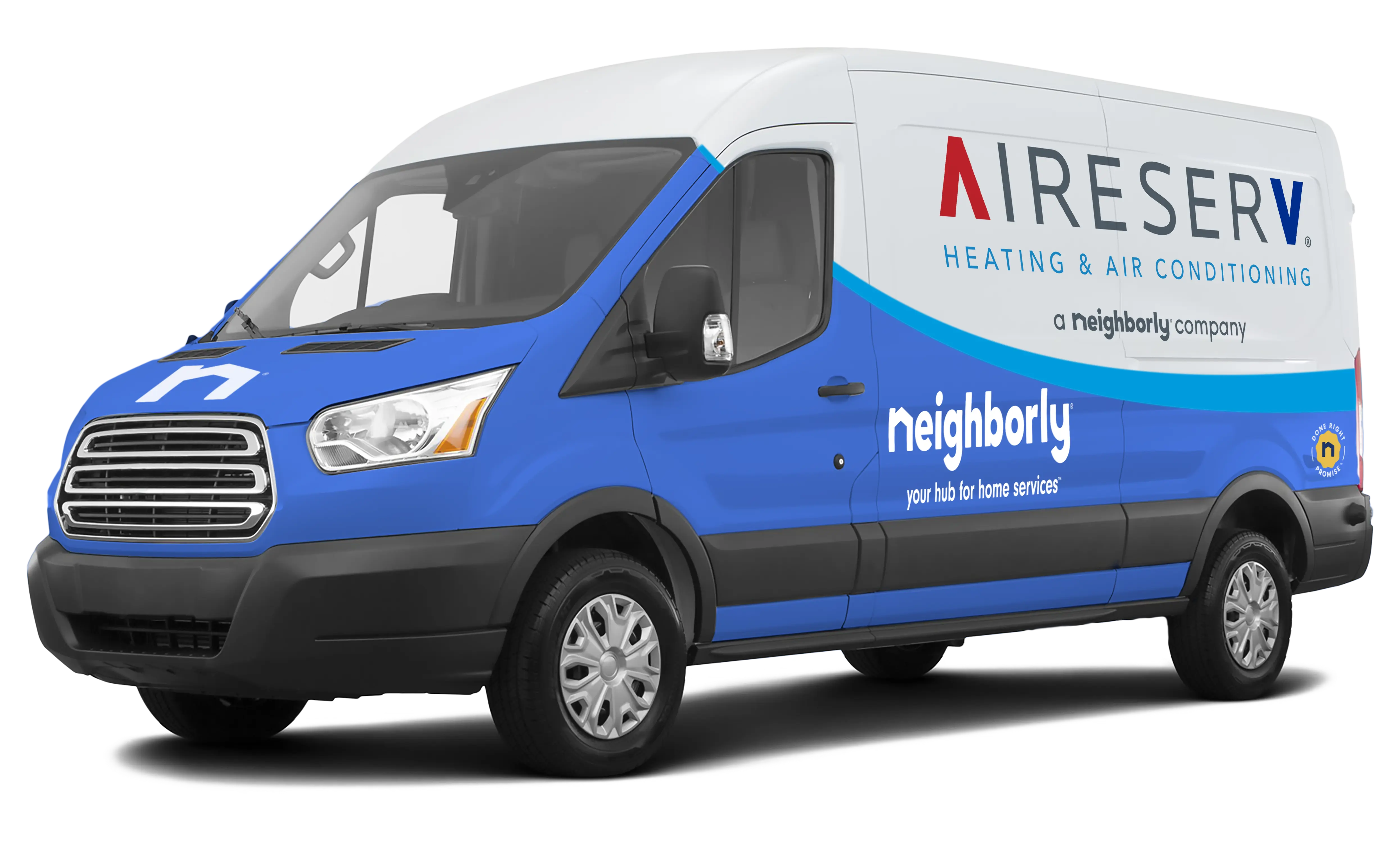Summertime in Northeast Ohio isn’t just about soaring temperatures—it’s also about high humidity levels that can silently affect comfort, energy bills, and the longevity of your HVAC system. Many homeowners underestimate the impact of excess moisture in the air, but addressing it can improve both indoor air quality and overall efficiency.
1. How Humidity Affects Comfort
High humidity makes indoor spaces feel warmer than the thermostat setting suggests. This occurs because:
- Your body relies on sweating to cool off, but humid air slows evaporation.
- AC systems must remove both heat and moisture, which increases workload.
- Rooms can feel sticky and uncomfortable, even if the temperature is moderate.
By controlling humidity, you can enjoy a more comfortable living space and reduce strain on your system.
2. Increased Energy Costs
Humidity has a direct effect on energy consumption:
- AC units work harder to remove moisture from the air, leading to longer runtimes.
- Increased usage results in higher electricity bills.
- Overworked systems can experience wear and tear, leading to costly repairs.
Small interventions, like proper maintenance or supplemental dehumidification, can make a measurable difference in efficiency and cost.
3. Health Risks Associated With Humidity
Beyond comfort, high humidity can create health concerns:
- Encourages mold and mildew growth, which may trigger allergies or respiratory issues.
- Supports dust mites, exacerbating asthma or allergic reactions.
- Makes heat stress more likely as the body struggles to cool itself.
Maintaining appropriate indoor humidity levels helps protect the health of everyone in your home.
4. Solutions for Managing Humidity
Several strategies can help reduce the impact of high humidity in your home:
a. Use the AC’s dehumidification function
- Modern systems remove moisture during normal operation.
- Ensure your system is properly maintained for optimal performance.
b. Deploy standalone dehumidifiers
- Particularly useful for basements or moisture-prone rooms.
- Reduces excess moisture and helps prevent mold growth.
c. Ventilate properly
- Use bathroom and kitchen exhaust fans to remove humidity at the source.
- Open windows selectively during low-humidity periods to improve airflow.
d. Seal leaks and insulate
- Prevent humid outdoor air from entering through doors, windows, or ductwork.
- Proper sealing enhances AC efficiency and overall comfort.
5. Monitoring and Maintenance
Keeping track of humidity levels helps homeowners respond proactively:
- Use a hygrometer to measure indoor humidity.
- Aim for a range of 40–50% for optimal comfort and health.
- Adjust AC usage, dehumidifier settings, and ventilation strategies as needed.
Monitoring allows you to catch potential problems before they escalate.
6. Professional HVAC Support
Even with careful monitoring, professional support may be necessary:
- Routine maintenance ensures coils, filters, and condensers are functioning efficiently.
- A technician can recommend system upgrades, additional dehumidification, or duct sealing for maximum efficiency.
- Timely professional intervention reduces the risk of breakdowns and maintains energy efficiency.
Proper care extends system life and keeps your home comfortable year-round.
7. Everyday Tips to Reduce Humidity Impact
Additional practical strategies include:
- Limit indoor clothes drying on humid days.
- Keep houseplants in moderation, as they contribute to indoor moisture.
- Use floor mats to prevent water from entering your home during rain or sprinklers.
Combining these habits with HVAC strategies ensures a healthier, more comfortable indoor environment.
Final Thoughts
High humidity in Northeast Ohio can increase energy costs, reduce comfort, and affect health. By understanding the hidden costs and implementing effective solutions—like AC maintenance, dehumidifiers, proper ventilation, and professional support— homeowners can enjoy a cooler, healthier, and more energy-efficient home.
Proactively managing humidity protects both your family’s comfort and your HVAC investment, allowing your system to operate efficiently even during the most humid summer months.

